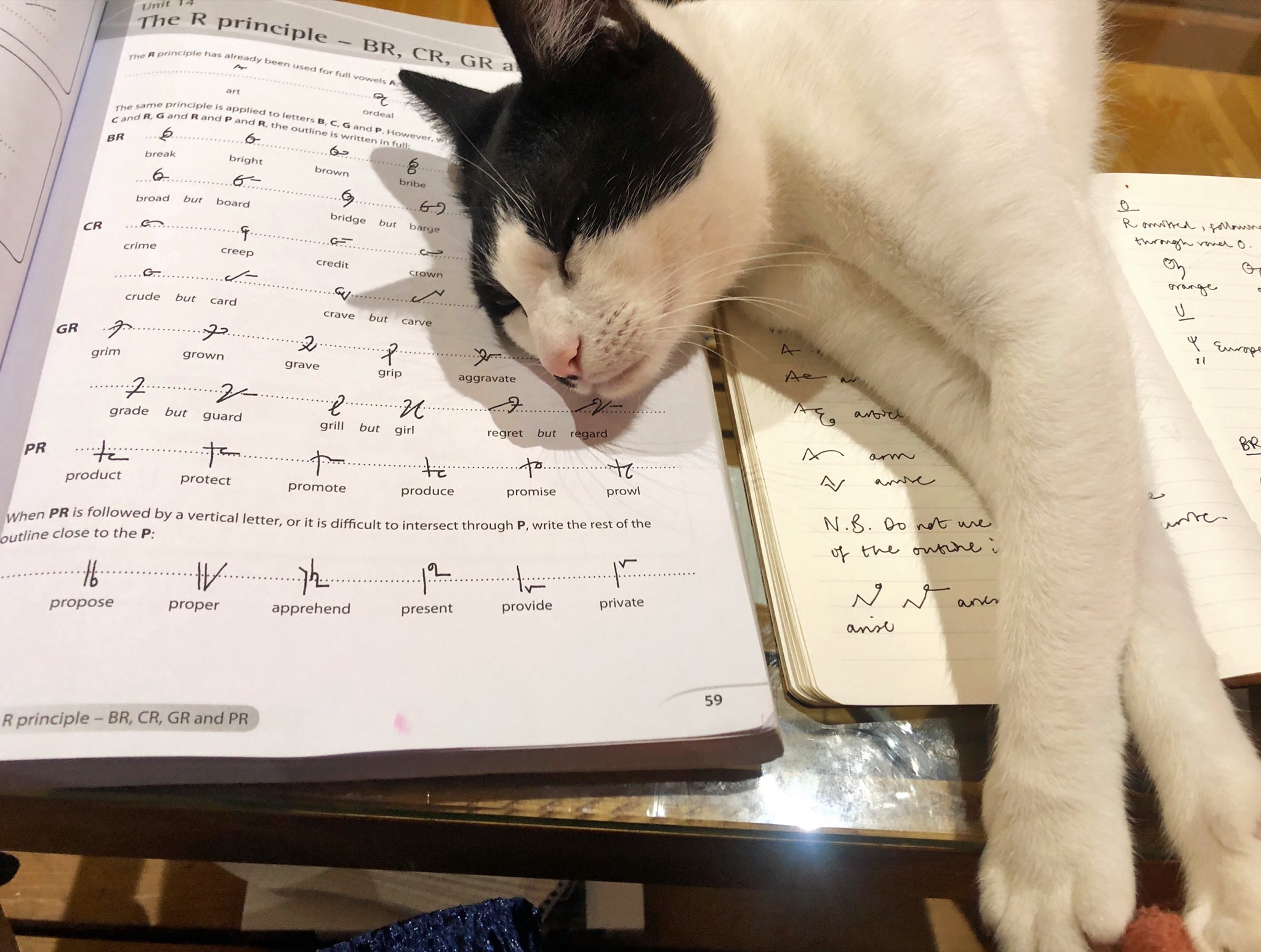What is shorthand?
Trainees on all our courses learn Teeline shorthand as an essential part of the NCTJ diploma.
Shorthand is a method of speed writing to help you write faster, and is arguably the toughest element of the diploma – but the hard work is all worth it in the end.
Shorthand is a compulsory module on the following courses only:
• NCTJ Diploma in Multimedia Journalism (full-time, fast-track/22 weeks, London & Manchester)
• NCTJ Diploma in Multimedia Sports Journalism (full-time/35 weeks, London & Manchester)
• NCTJ Diploma in Multimedia Journalism (in-person part-time/40 weeks, London & Manchester)
View this post on Instagram
Why do I need to learn shorthand as a journalist?
Speed is everything in today’s internet age, so shorthand is an extremely valuable skill for a journalist to have.
According to the British Institute of Verbatim Reporters – it’s three times quicker to type out shorthand notes than to listen back to audio recordings.
It’s also illegal to make audio or video recordings of most proceedings in UK courts.
Chris Elliott, the readers’ editor at The Guardian, says: “Most mainstream employers insist on 100 wpm as it makes students more able to do the job at the pace required and is a means of sifting through the large number of applicants. It also shows that students are serious about journalism and committed to being the best.”
Andrew Marr, when talking about the skills needed for journalism, wrote: “You need some intelligence, more stamina and excellent shorthand.”
In our guide to the NCTJ, some of the UK’s biggest journalism employers commented on why they look for shorthand in their applicants.

How do we teach shorthand?
We don’t expect you to know any shorthand before joining us, and recommend you start from the very beginning on a course so you don’t develop any bad habits.
In many ways shorthand is like learning a new language in 20 weeks – it can seem like a daunting task and we expect you to put in plenty of work at home.
By and large it takes six long, hard weeks to learn the theory – the Teeline alphabet, deciding which letters you need, special forms of words and how and when to join words together. After that we’ll really crank up the speed building.
One of our alumni wrote this blog about learning shorthand with us!
We don’t want to ruin the surprise but we have plenty of tricks up our sleeve to ensure our trainees enjoy learning what can at first seem a formidable subject.
Our teachers have decades of experience to ensure you achieve the best possible speeds – and this formula has been paying dividends, with some ground-breaking results.
How do you do shorthand practice?
Watch the football, of course. pic.twitter.com/XGd2kUWFDV
— Andrew Dowdeswell (@a_dowdeswell) June 15, 2021


